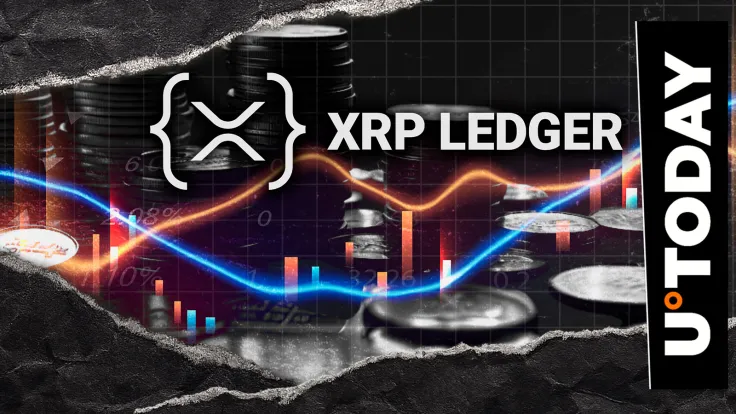DeFi Traders Face Losses As $1B In sUSDe Loops Near Liquidation Point
TLDR
- Aave borrow rates now exceed sUSDe staking yields by up to 2%.
- Nearly $1B in sUSDe looped DeFi trades are exposed to negative carry.
- Many sUSDe positions are within 5% of liquidation thresholds.
- Utilization spikes in USDT and USDC pools are raising borrowing costs.
A sharp drop in DeFi borrowing rates after the October 10 market crash has placed nearly $1 billion in sUSDe loop positions at risk. These trades, which once profited from positive yield spreads, now face mounting losses as the borrowing cost on Aave exceeds the staking yield from Ethena’s sUSDe. The unwind of such positions could trigger broader stress across decentralized lending markets.
Leveraged sUSDe Strategies Under Pressure
The loop strategy involving Ethena’s staked USDe (sUSDe) has become less profitable after the recent decline in DeFi funding rates. Traders typically deposit sUSDe as collateral on lending platforms like Aave and Pendle to borrow stablecoins such as USDT or USDC. These borrowed stablecoins are used to purchase more sUSDe, which is again deposited as collateral. This cycle repeats, increasing yield through leverage.
However, after the October 10 crash, the cost of borrowing has risen above the yield generated by staking sUSDe. Sentora Research reported that borrow rates on Aave v3 Core are currently around 2.0% for USDT and 1.5% for USDC, while sUSDe yields remain lower. As a result, the strategy now generates negative carry, where the cost of borrowing outweighs the return from staking.
Negative Yield Spread Increases Risk of Liquidation
With the yield differential now negative, leveraged sUSDe positions are incurring ongoing losses. According to Sentora, this creates pressure on looped positions, especially those close to liquidation thresholds. Many traders are within 5% of forced liquidations, raising concerns about a wave of automatic asset sales if borrowing costs remain high.
Sentora’s note warned, “As the spread remains below zero, looped positions that borrow stablecoins to buy sUSDe start to incur losses.” The research firm added that these losses could lead to a broad unwinding of positions on Aave, which may exceed $1 billion in exposure. A sudden wave of liquidations could reduce liquidity across DeFi markets and increase volatility.
Utilization Spikes Could Accelerate Stress
The current borrowing rates are influenced by utilization levels in USDT and USDC lending pools. If more traders exit or reduce their looped positions, the pool utilization may rise further. This would push borrowing costs even higher, deepening the negative yield and increasing the chances of liquidation.
Sentora also noted an increase in utilization across major pools. This trend, if it continues, may further pressure looped positions. Traders and platforms alike are watching for sustained changes in utilization and borrow rates, as this will influence the stability of the DeFi lending ecosystem.
Monitoring the Spread is Key for Traders
Traders are being urged to closely track the yield spread between sUSDe staking rewards and the Aave borrow APYs for USDT and USDC. A continued negative spread may lead to additional deleveraging. The broader concern is that such unwinds could impact not only individual traders but also platform liquidity and token prices.
Sentora emphasized that the sustainability of looped sUSDe positions depends entirely on the positive carry. Without it, the strategy becomes loss-making, increasing systemic risk across DeFi protocols where these positions are concentrated.
The post DeFi Traders Face Losses As $1B In sUSDe Loops Near Liquidation Point appeared first on CoinCentral.
You May Also Like

Crypto News: Crypto Firm Taurus Establishes New York Office Amid Global Growth

XRPL Validator Reveals Why He Just Vetoed New Amendment
